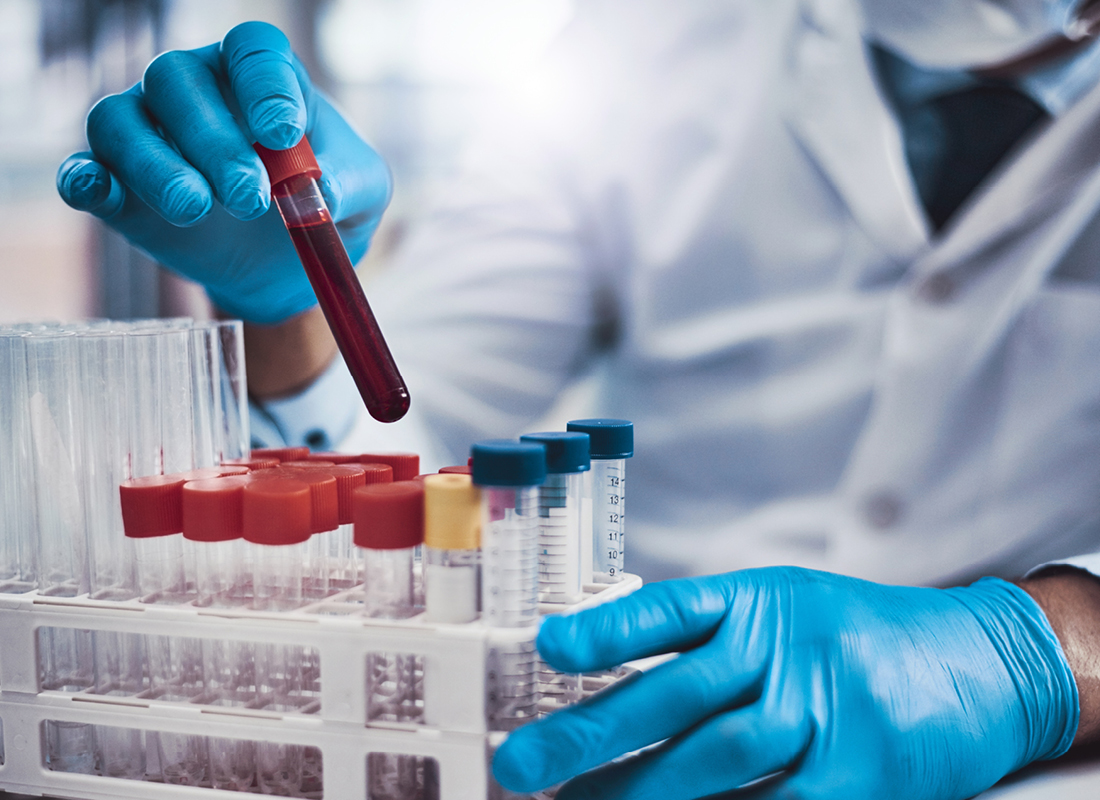Agency Finalizes Rule on Off-Label Uses Liability and Rights of Laboratories to Create LDTs
On Aug. 2, 2021, the U.S. Food and Drug Administration (FDA) published the long-awaited final rule updating its “intended use” regulations for medical devices and drugs. Here is a quick briefing of the new rules, which took effect on Sept. 1. The “Intended Use” Regulations In 2015, FDA proposed to eliminate a regulatory requirement that a manufacturer “provide adequate labeling” to account for unapproved, i.e., off-label uses, about which it “knows, or has knowledge of facts that would give him notice.” A 2017 final rule did remove the provision but also required manufacturer to incorporate an unapproved use into the labeling if the “totality of the evidence” establishes that the manufacturer objectively intended to introduce the product for that use. But the agency delayed the effective date of the final rule in response to industry concerns over the “totality of the evidence” clause. So, the agency went back to the drawing board, issuing a new proposed rule in September 2020, clarifying that: Knowledge of off-label use of a product by a physician cannot by itself establish a manufacturer’s intended use for the product; and Any relevant source of evidence may be considered as establishing “intended use,” not just the manufacturer’s […]

Subscribe to Clinical Diagnostics Insider to view
Start a Free Trial for immediate access to this article